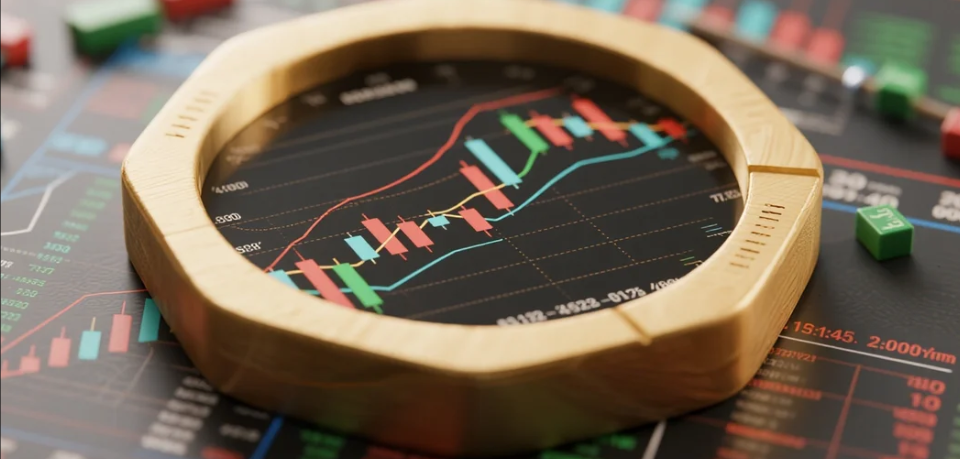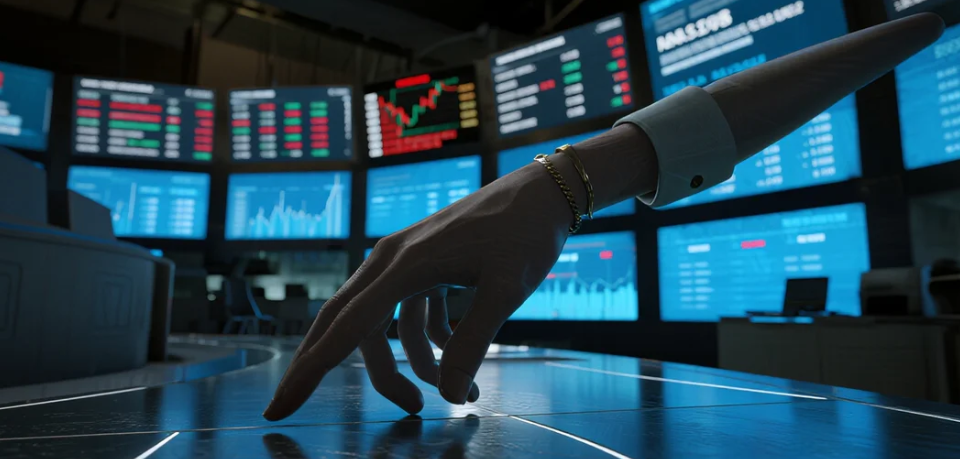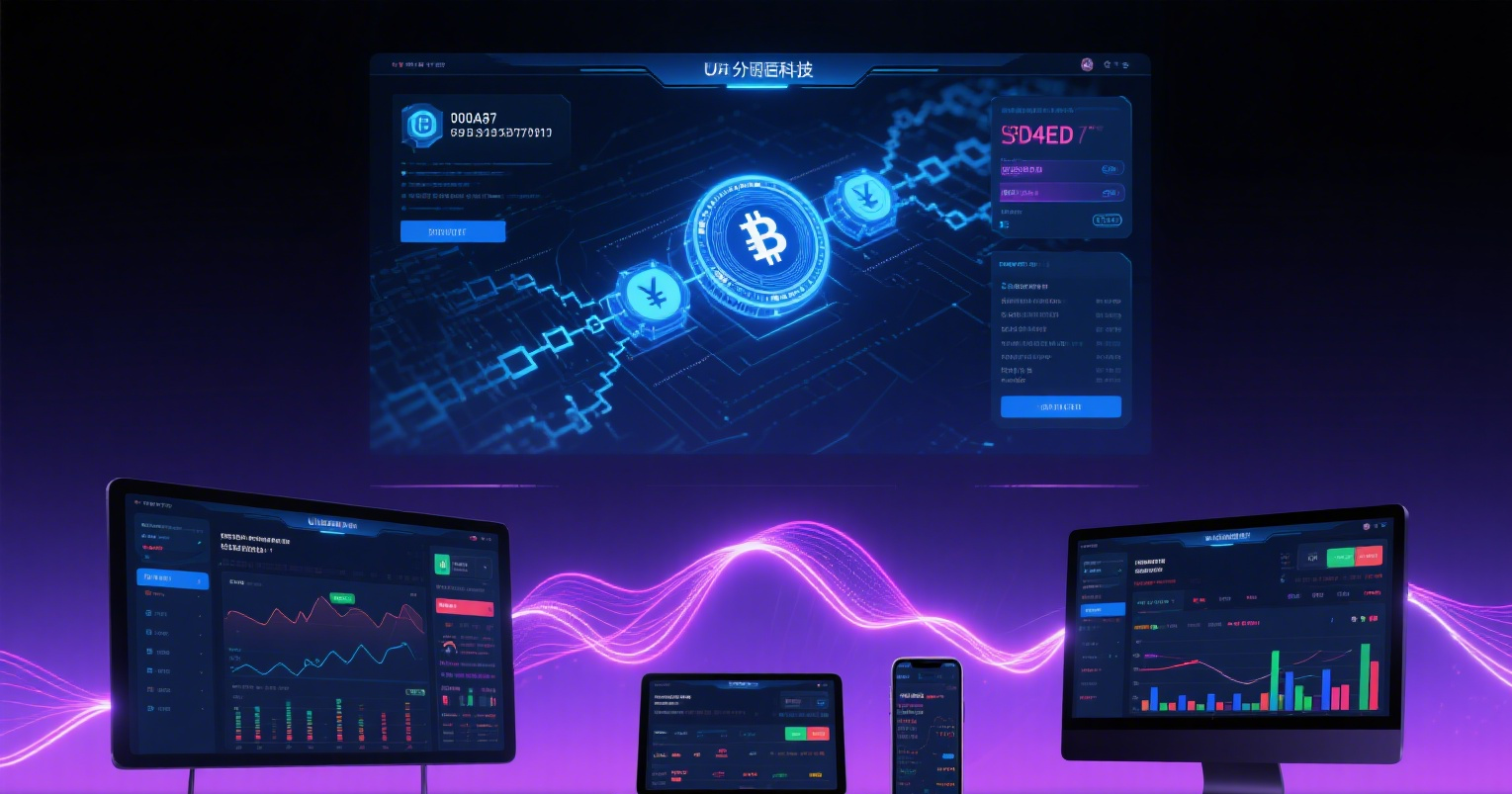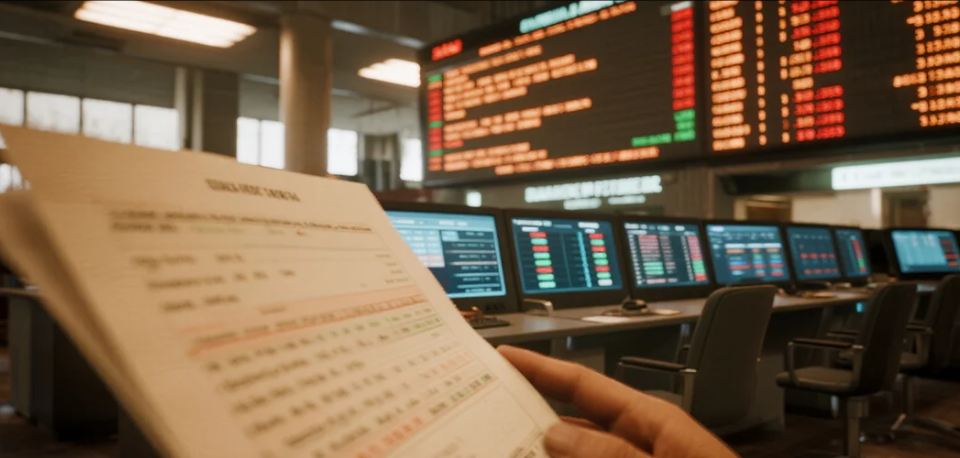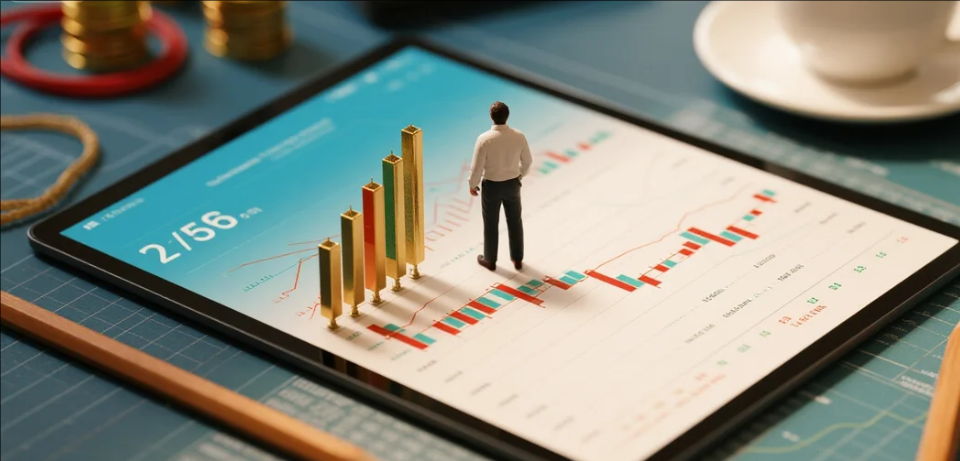
Dow Theory: Three Hypotheses, Three Axioms, and Five Theorems
Hypothesis 1: Manipulation
Daily index fluctuations may be manipulated, and secondary reactions might be influenced to a limited extent. However, the primary trend cannot be manipulated.
Hypothesis 2: The Market Discounts Everything
All known information—hopes, disappointments, and knowledge of financially informed participants—is reflected in the daily closing prices of the Dow Jones Railroad and Industrial Averages. Thus, the market always anticipates future events (except "acts of God" like disasters). Even natural calamities (e.g., earthquakes) are swiftly priced in.
Hypothesis 3: The Theory Is Not Infallible
Dow Theory is not a foolproof system to "beat the market." Successful speculation requires rigorous study and unbiased synthesis—wishful thinking must never cloud judgment.
Axiom 1: Market Action Discounts Everything
Axiom 2: Trends Have Three Phases
Axiom 3: History Repeats Itself
Theorem 1: The Three Trends
Market indices exhibit three coexisting trends:
-
Primary Trend (most critical): Long-term bull or bear markets lasting years.
-
Secondary Reaction (most deceptive): Corrections in bull markets or rallies in bear markets, typically lasting 3 weeks to months.
-
Minor Fluctuations (least important): Daily noise.
Theorem 2: Primary Movements
Primary trends define the market’s core direction (bull/bear), persisting from 1 year to decades. Correctly identifying this trend is key to speculation, but its duration is unpredictable.
Theorem 3: Primary Bear Markets
A prolonged downtrend interrupted by rallies, driven by economic deterioration. Ends only when prices fully reflect the worst-case scenario. Three phases:
-
Phase 1: Abandonment of overpriced stocks.
-
Phase 2: Selling due to declining earnings/economy.
-
Phase 3: Distress selling regardless of value.
Theorem 4: Primary Bull Markets
A sustained uptrend with secondary pullbacks, averaging >2 years. Fueled by economic recovery and speculation. Three phases:
-
Phase 1: Reviving confidence.
-
Phase 2: Earnings-driven price rises.
-
Phase 3: Speculative frenzy inflates prices.
Theorem 5: Secondary Reactions
Critical declines in bull markets or rallies in bear markets, lasting 3 weeks to months, retracing 33%–66% of the prior trend. Often mistaken for trend reversals (e.g., early bull rallies misread as bear market corrections).







